What are Mercury Dimes (1916-1945)?
As far as ten-cent pieces go, Mercury dimes are considered popular with collectors. Part of that popularity exists because of their metal content. They’re composed of 90% silver and 10% copper, with just over .072 troy ounces of silver in each coin. They were minted in the United States from 1916 to 1945, replacing the Barber Dime.
The name Mercury Dime comes from the design on the obverse of the coin. The young Lady Liberty was confused for the Roman god Mercury, and the name stuck. The coin also has another name, the Winged Liberty Head Dime (or the silver Winged Liberty Head Dime) which is a direct acknowledgement of its design. The coin’s design was looked upon favorably by the public during the duration of its minting. It was designed by Adolph Weinman, a well-known designer and sculptor. The only issue the American public had with the dime was that it had some trouble fitting into vending machines at the time, and so, some modifications were made. The coin ran until 1945, which means it had a nearly 30 year run. That year, nearly three decades after first being minted, a new coin design was created. This time, the dime featured President Franklin Roosevelt, who had died recently. FDR died on April 12, 1945.
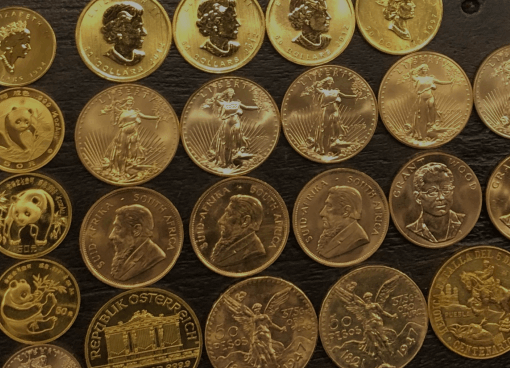
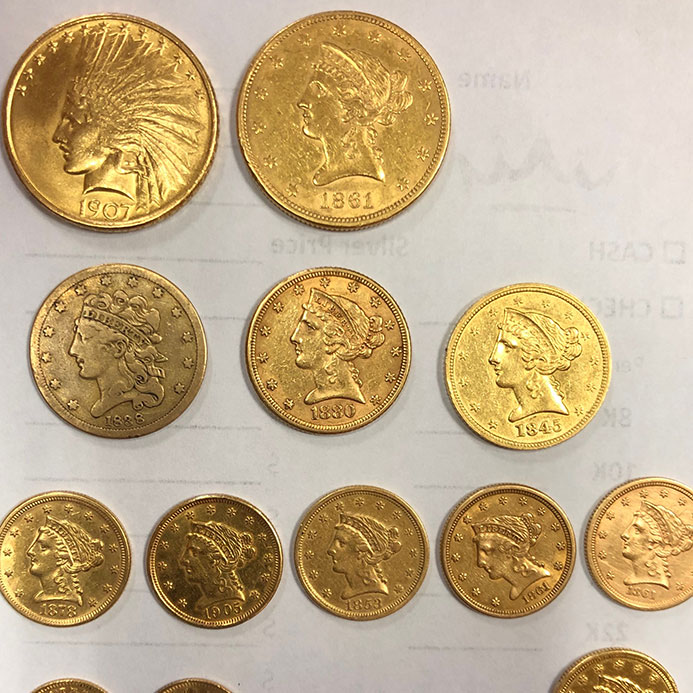
More about Mercury Dimes
Below is a list of all the Mercury Dimes in existence. Each coin contains a mint date and most coins contain a mint mark, either “D” or “S”, which indicates where the coin was struck. The mint marks for this coin include Denver and San Francisco. These coins were also minted in Philadelphia, but, at the time, the “P” mint mark did not exist. Notably, no coins were produced in 1922, 1932 and 1933. Here is each year and mint mark of the Mercury Dime:
- 1916 Mercury Dime (D) (S)
- 1917 Mercury Dime (D) (S)
- 1918 Mercury Dime (D) (S)
- 1919 Mercury Dime (D) (S)
- 1920 Mercury Dime (D) (S)
- 1921 Mercury Dime (D)
- 1923 Mercury Dime (S)
- 1924 Mercury Dime (D) (S)
- 1925 Mercury Dime (D) (S)
- 1926 Mercury Dime (D) (S)
- 1927 Mercury Dime (D) (S)
- 1928 Mercury Dime (D) (S)
- 1929 Mercury Dime (D) (S)
- 1930 Mercury Dime (S)
- 1931 Mercury Dime (D) (S)
- 1934 Mercury Dime (D)
- 1935 Mercury Dime (D) (S)
- 1936 Mercury Dime (D) (S)
- 1937 Mercury Dime (D) (S)
- 1938 Mercury Dime (D) (S)
- 1939 Mercury Dime (D) (S)
- 1940 Mercury Dime (D) (S)
- 1941 Mercury Dime (D) (S)
- 1942 Mercury Dime (D) (S)
- 1943 Mercury Dime (D) (S)
- 1944 Mercury Dime (D) (S)
- 1945 Mercury Dime (D) (S)
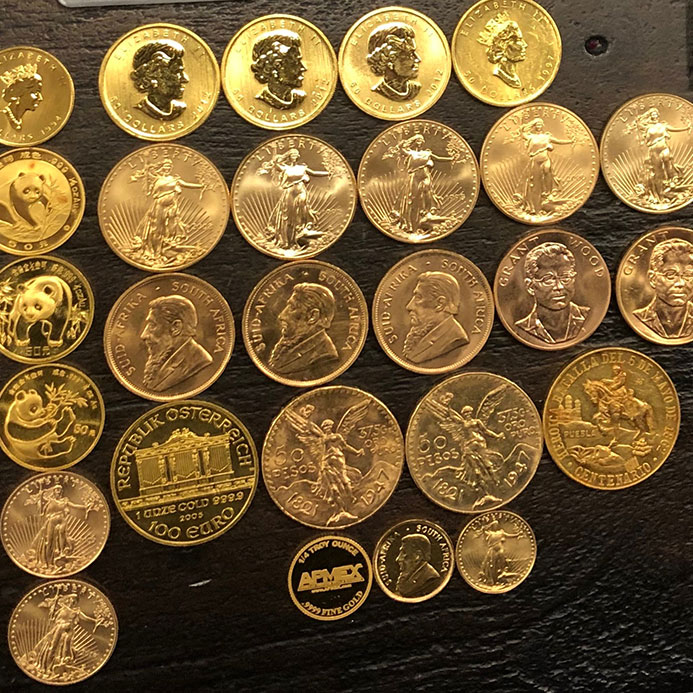
What are the Most Valued Mercury Dimes?
There are certain mint dates and locations that are especially valued by collectors. Some of the most sought after Mercury Dimes include the 1916-D, the 1921-D, and the 1926-S. These are the coins that were produced at the Denver Mint and San Francisco Mint, respectively. Of course, you want the coin in good condition to get at least the minimum value. That means, the coin’s grade is of the utmost importance.

Grading System
There is a general grading system when it comes to looking at coins and assessing their value. In fact, a coin’s grade is a huge piece of the puzzle when it comes to the value of a coin overall. This is especially important when looking at older coins, like the Mercury Dime. The process for grading coins is very thorough and will account for any minor imperfections the coin may or may not have. Everything is taken into account. Below is an outline of the more important grade levels, though there are other grades, including “gem uncirculated.” This is a simple overview.
- Poor – This is the first level. It’s a base or foundation. All coins are poor or better. This coin would be barely recognizable. You won’t be able to read anything on the coin and the image isn’t recognizable either.
- Fair – When a coin is in “Fair” condition the rims are well worn. The image may have some outline to it but the words are generally illegible.
- About Good – Things start to get better at this level in the grading system. Here you may see some outlining in the lettering. The image may be slightly more visible.
- Good – If the coin is “Good,” it means the coin has a readable inscription and image. For example, you should be able to see the word “Liberty,” even if it’s just a light tracing. You should also be able to read the date of the minting.
- Very Good – The next level for coin collectors is “Very Good,” meaning the inscriptions should be visible but plain.
- Very Fine – The next level is “Very Fine,” meaning the words on the coin are more visible.
- Extremely Fine- The next level up is “Extremely Fine,” this level has a much higher value than previous levels.
- MS 60 Uncirculated – The next level delves into the uncirculated versions of the coin and is aptly named, “MS 60 Uncirculated.” This means the coin lacks any sign of wear. The coin has luster and isn’t completely dull or flat, but it may also have stains, abrasions or marks on the surface, meaning it isn’t completely perfect.
- Perfect Uncirculated – This is the most perfect coin. This is a coin without any flaws. It is perfect and looks brand new.
Customer Testimonial

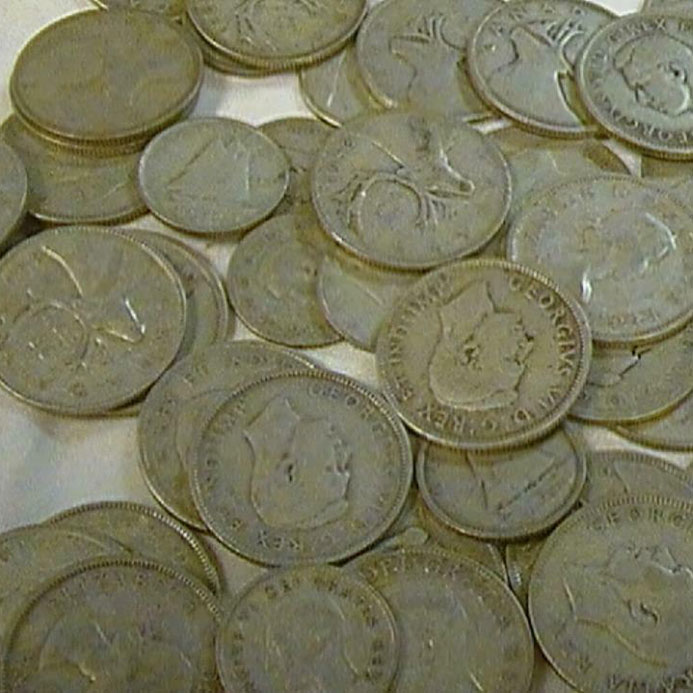
Can I sell my Mercury Dime (1916-1945)?
Yes. Buying and selling these coins is fun and easy. But, of course, first, you’ll want to work with someone who knows their history and value. These coins are worth more than their modern day counterparts due to their silver content, afterall, the Mercury Dime contains 90% silver and 10% copper, whereas a modern day dime is composed of 75% copper and 25% nickel alloy, bonded to a core made of pure copper. This, and other reasons, are why it’s essential to work with a dealer that knows about these dimes. In order to get the best results, a reputable dealer is necessary.
Where can I buy a Mercury Dime (1916-1945)?
Mercury Dimes are bought and sold online and in brick and mortar stores. As always, working with a trusted dealer is your best bet. These coins are known for their historic value and for their silver content. When buying a coin, you’ll want to make sure that it’s of a good grade. A coin’s grade is based on the overall quality of the coin as determined by its look and feel. There are certain dates and mint locations that are worth more than others, but you want the coin to be in good condition before adding it to your collection, even if those other factors are there. You can find dealers online, in community posts and locally, through word of mouth, advertisements, etc.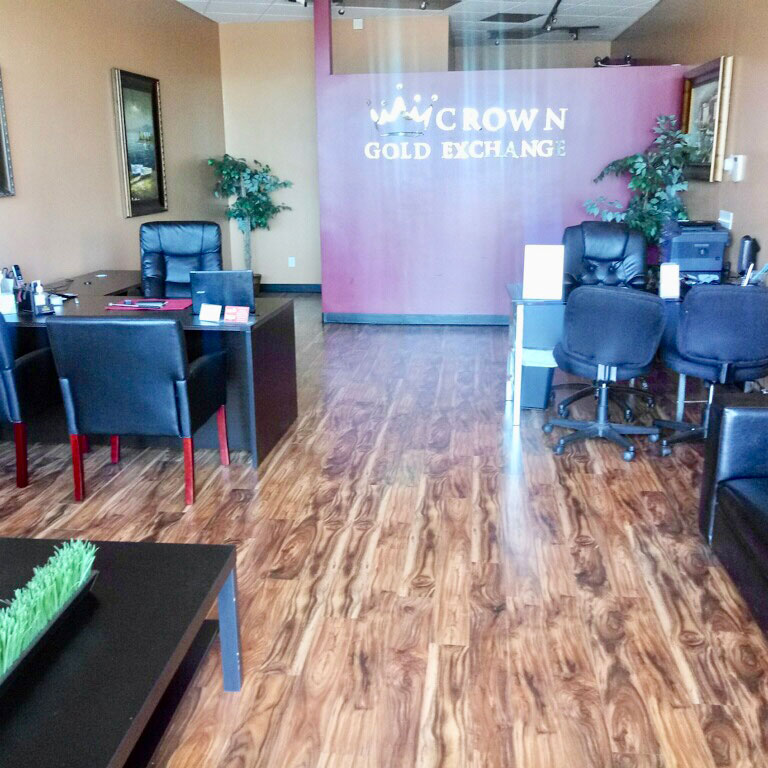
Choose Crown Gold Exchange
Crown Gold Exchange holds the utmost respect for you and your valuables. When you visit one of our locations, we make sure that you feel welcome, and that your property is protected. We use industry-standard equipment to ensure accurate measurement of your valuables, and we have a special process to keep your valuables safe. Our accuracy enables us to offer you top dollar, and we have several different payment methods available for your convenience, so you won’t be waiting around to get paid.
Crown Gold Exchange will purchase any kind of gold you bring us, including 8-karat, 10-karat, 14-karat, 18-karat, 21-karat, 22-karat, 24-karat, or anything else. We buy gold bars, gold bullion, gold jewelry and some gold plated items like pocket watches. If you happen to be in possession of an exclusive piece made by a top gold designer such as Cartier, Tiffany, Rolex, or Patek Philippe, we will often pay more than the weight of the item. Such special pieces often command a higher price on the secondary market due to their superior craftsmanship.
BUYING YOUR GOLD, SILVER, DIAMONDS AND COINS SINCE 2010
She explained everything to me and it made me feel very comfortable.
Sloane
Crown Gold Exchange Customer
